Astronomy
-
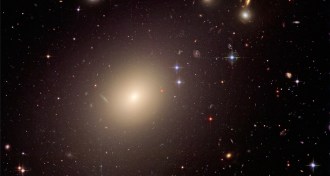 Space
SpaceBest cosmic ‘cradles of life’ may be elliptical in shape
Giant elliptical galaxies might harbor up to 10,000 times as many Earthlike planets than galaxies like the Milky Way.
-
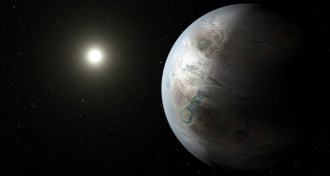 Astronomy
AstronomyKepler telescope identifies new ‘habitable zone’ planet
A new analysis of data from NASA’s Kepler mission has uncovered a planet orbiting a sunlike star that could be Earth’s “cousin.”
-
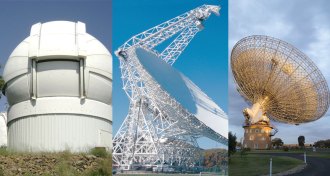 Space
SpaceSearch for E.T. gets financial boost
Search for extraterrestrial intelligence gets a $100 million donation from a Russian entrepreneur.
-
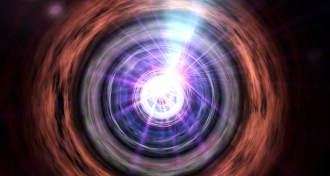 Astronomy
AstronomySource of blazars’ super brightness comes into focus
Astronomers take a close look at a blazar, a galaxy whose central black hole emits gamma rays and other high-energy material toward Earth.
By Andrew Grant -
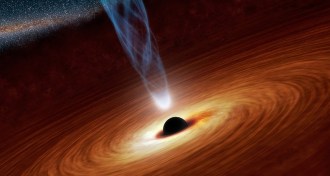 Astronomy
AstronomyMassive black hole lurks in lightweight galaxy
A heavyweight black hole grew to weigh as much as 7 billion suns within the first 2 billion years after the Big Bang.
-
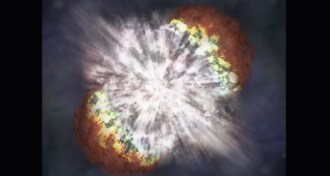 Astronomy
AstronomyExploding star breaks record for brightest supernova
A recent supernova shines with the light of 600 billion suns.
-
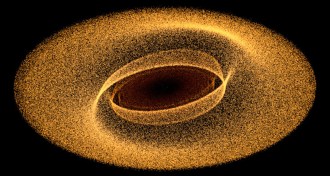 Astronomy
AstronomyBeta Pictoris planet makes waves
Spiral waves whip through the belt of debris around a young star — and it’s all a giant planet’s fault.
-
 Life
LifePuzzling cosmic signals, processed food defined and more reader feedback
Readers sort out a definition for processed food, discuss the benefits of tinkering with human DNA and more.
-
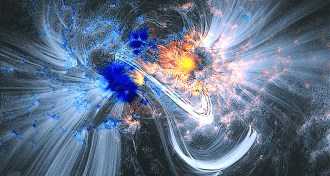 Astronomy
AstronomyA loopy look at sunspots
In visible light, sunspots look like dark blotches that often expel flares of searing plasma. NASA’s Solar Dynamics Observatory offers a different view.
-
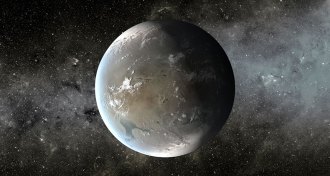 Astronomy
AstronomySuper-Earths are not a good place for plate tectonics
The intense pressures inside super-Earths make plate tectonics less likely, new research suggests.
-
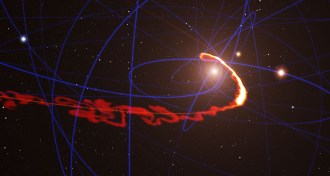 Astronomy
AstronomyAdvice to a baby planet: Avoid black holes
A dust cloud looping around the Milky Way’s supermassive black hole might have once been an infant planet.
-
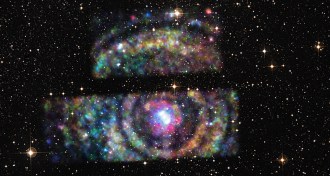 Astronomy
AstronomyX-ray rings reveal neutron star’s distance
Concentric X-ray rings around a neutron star help astronomers triangulate the star’s distance.